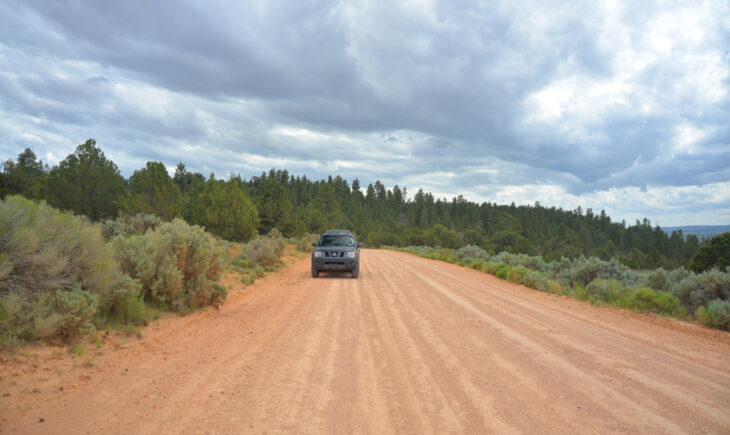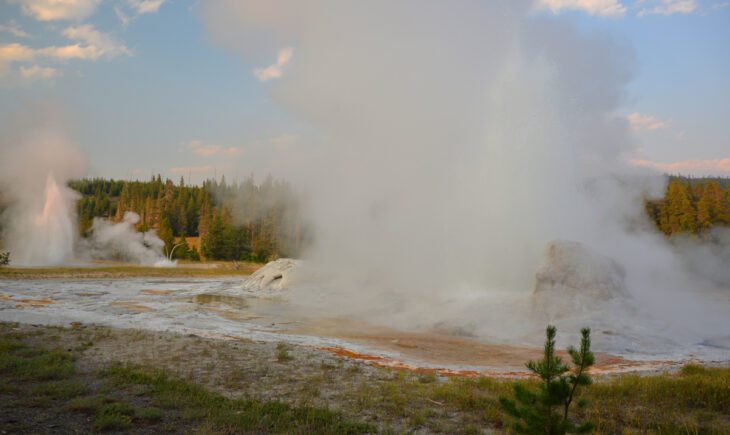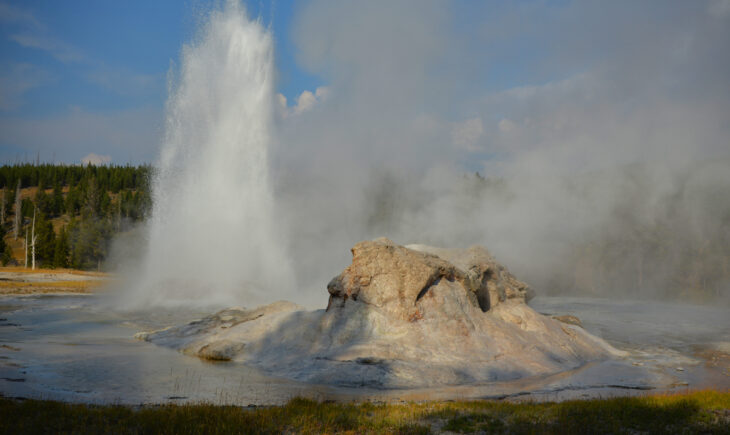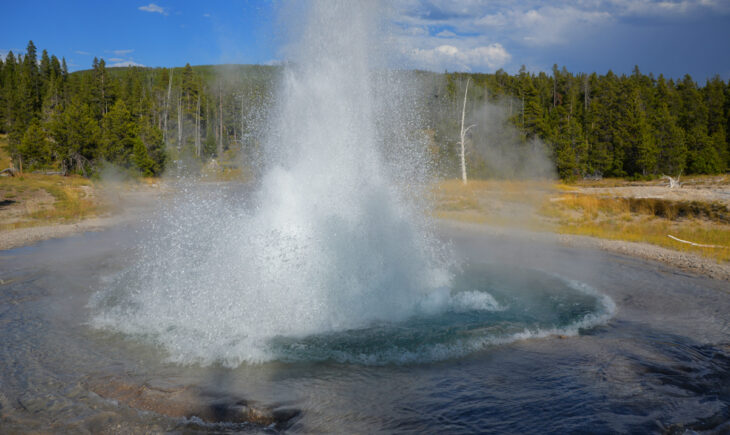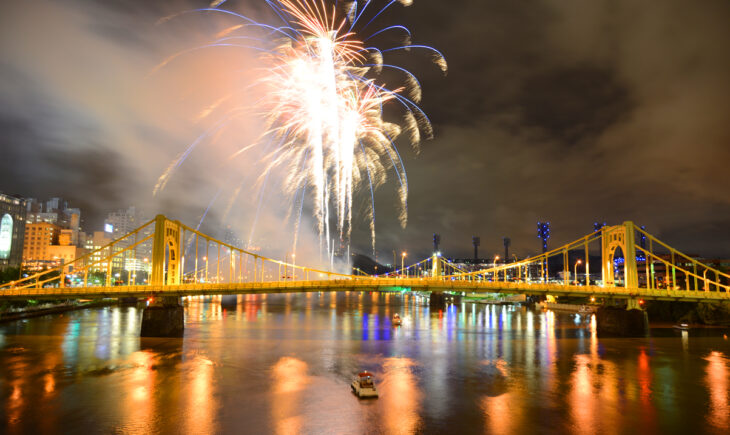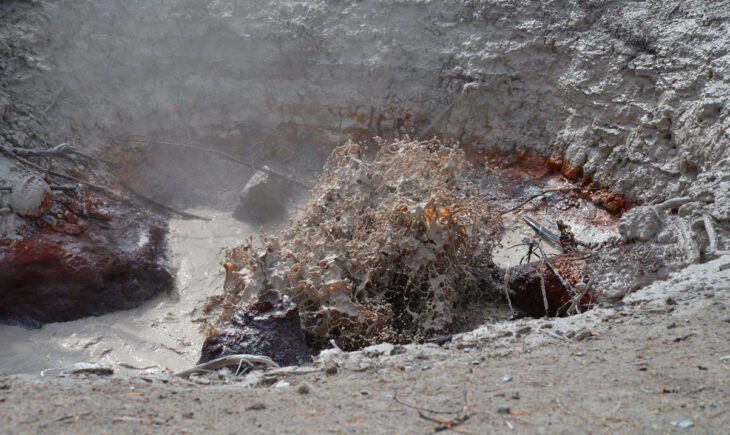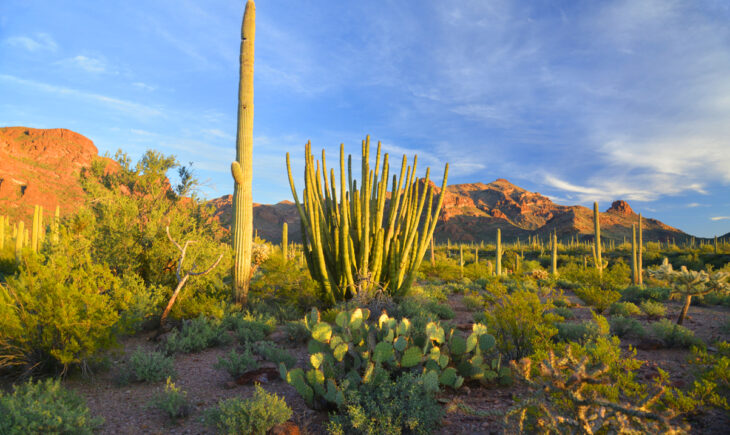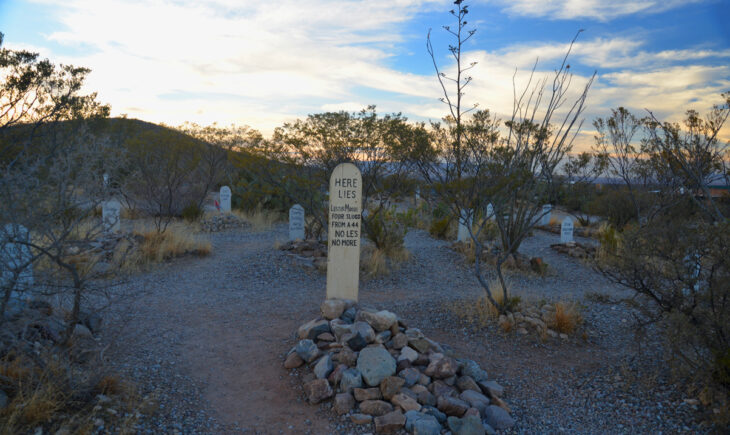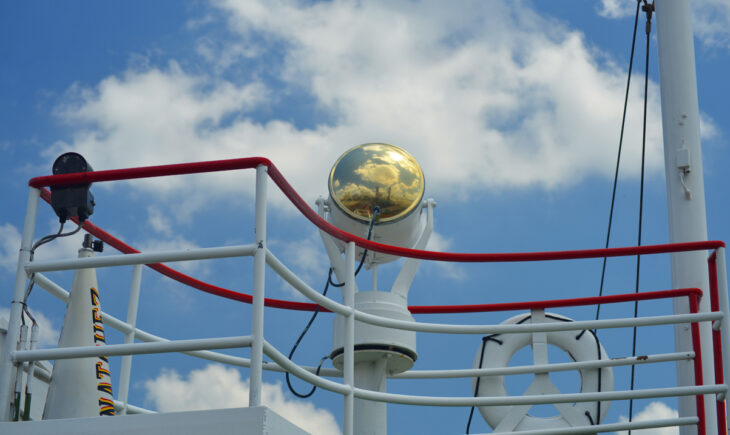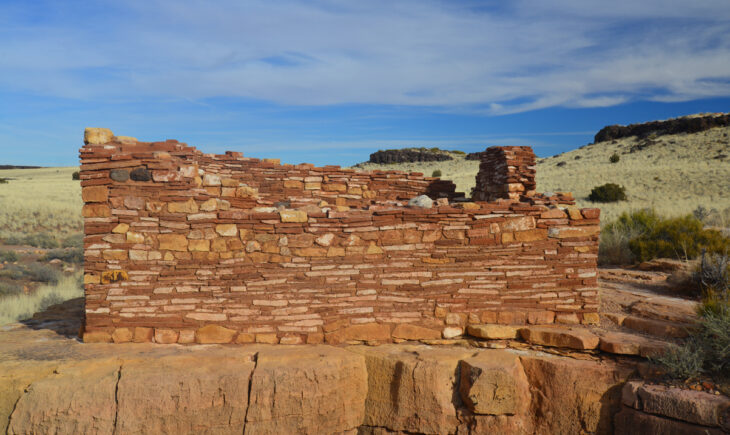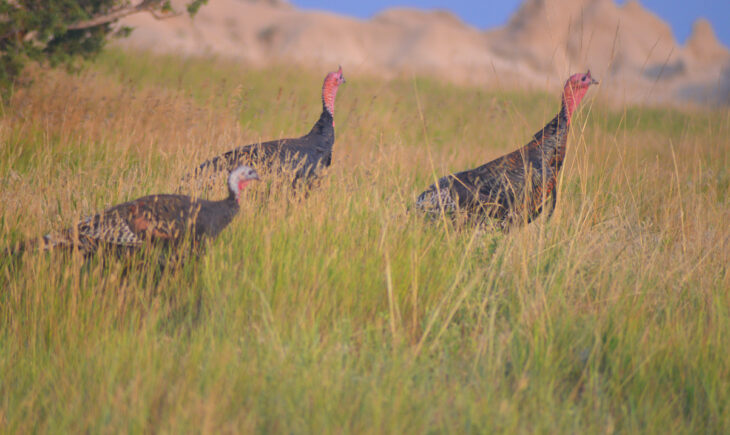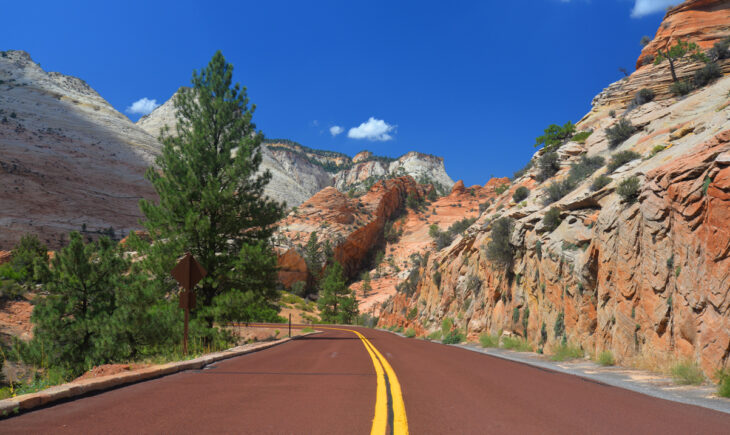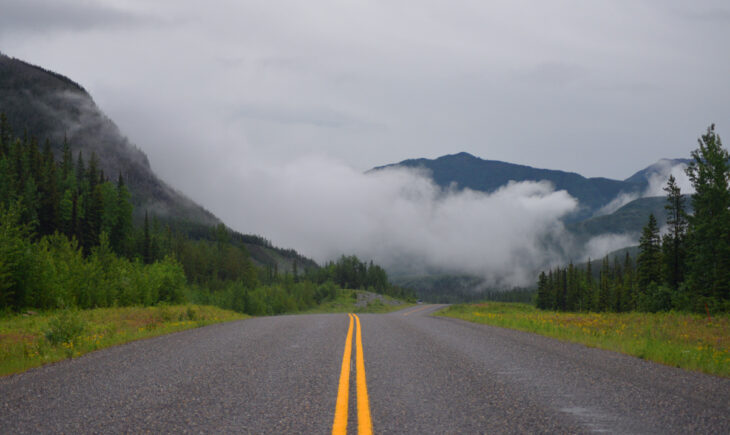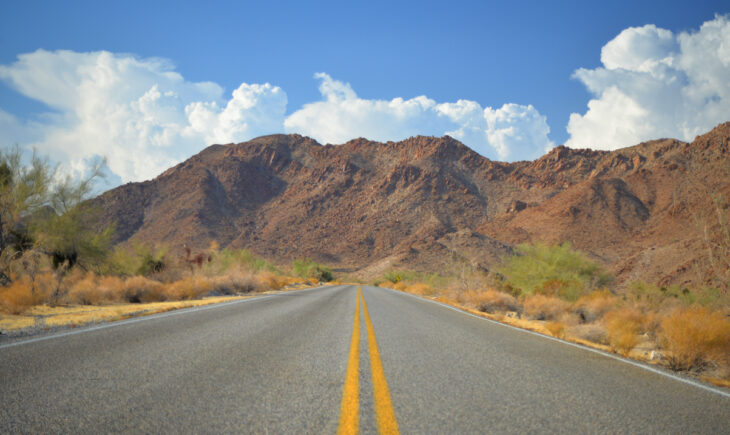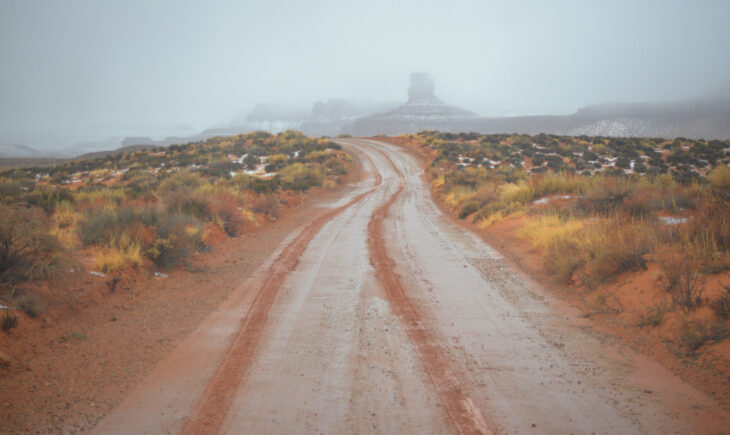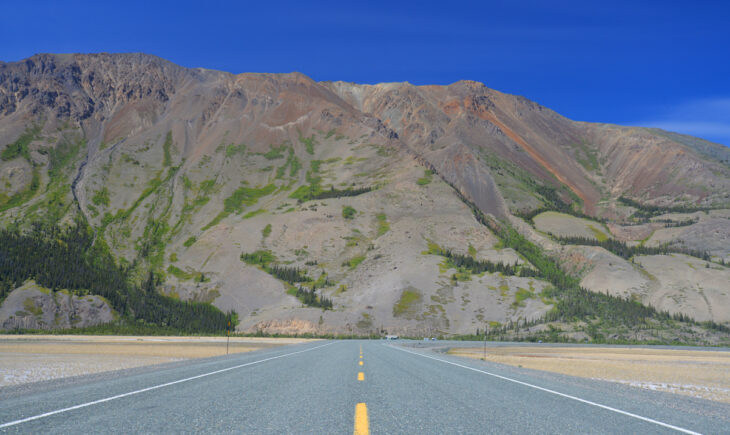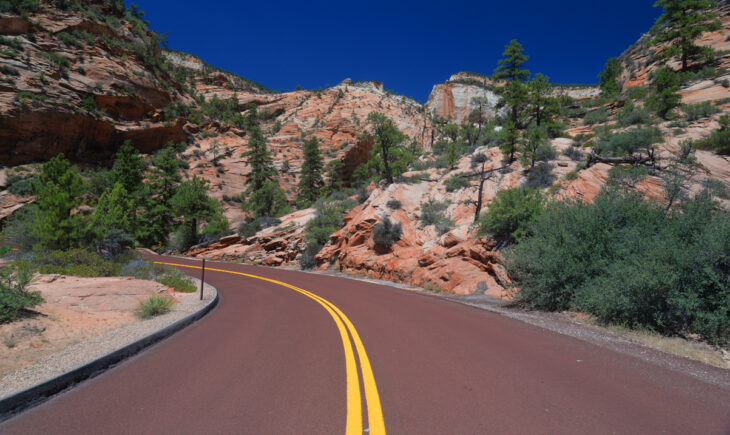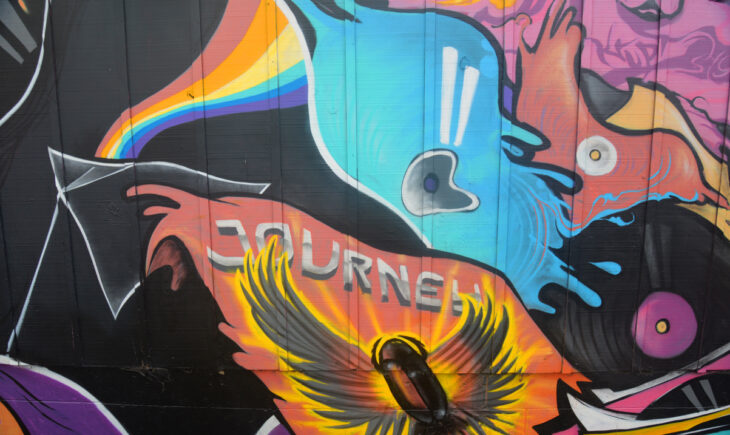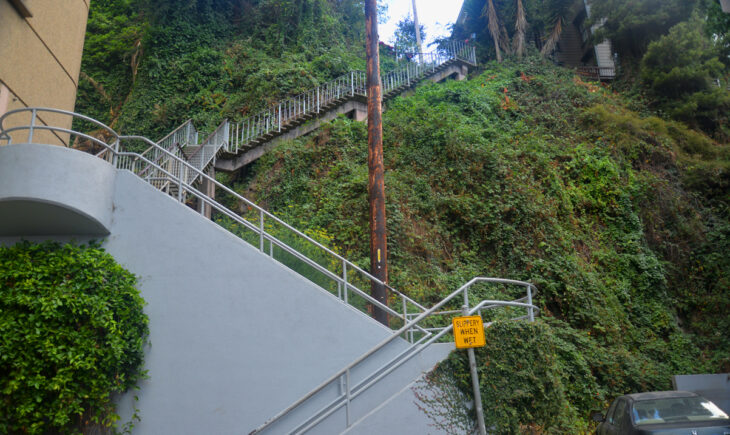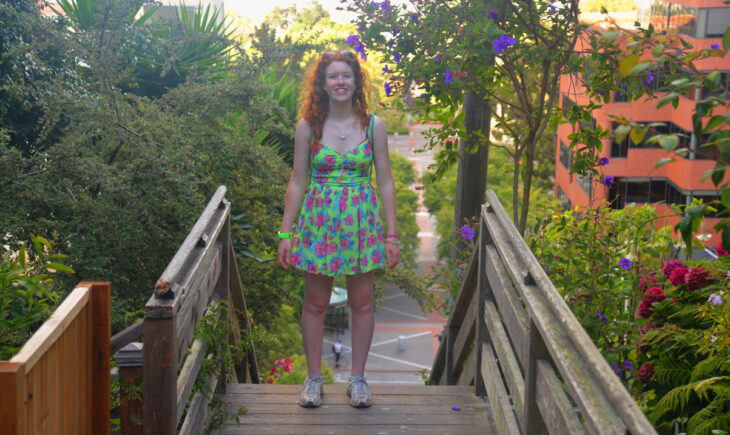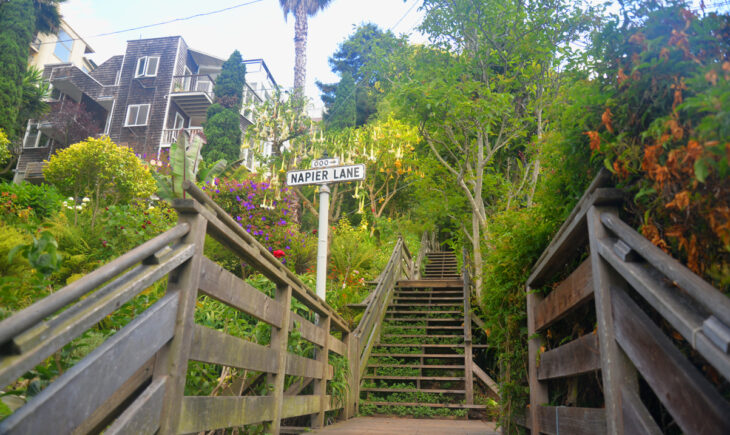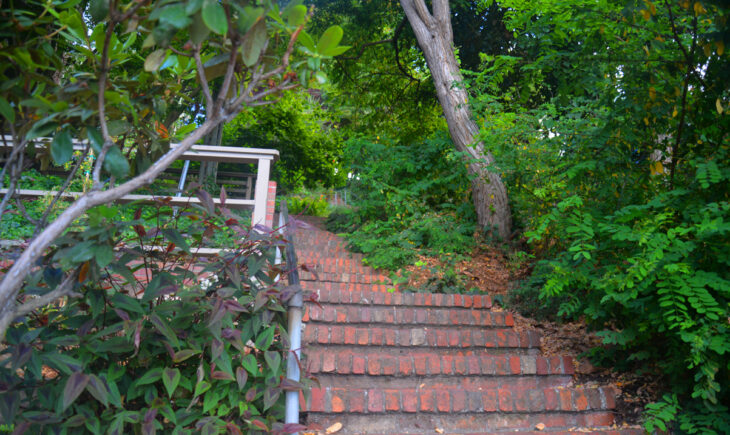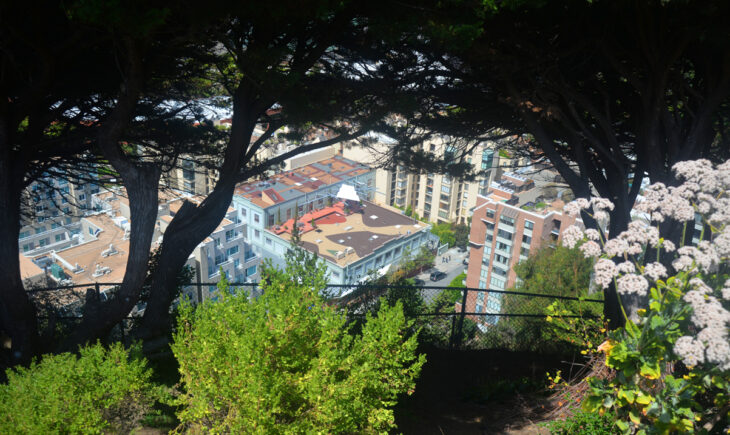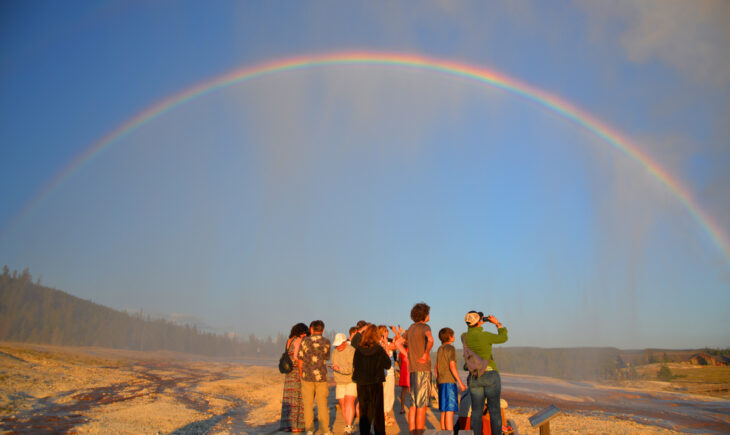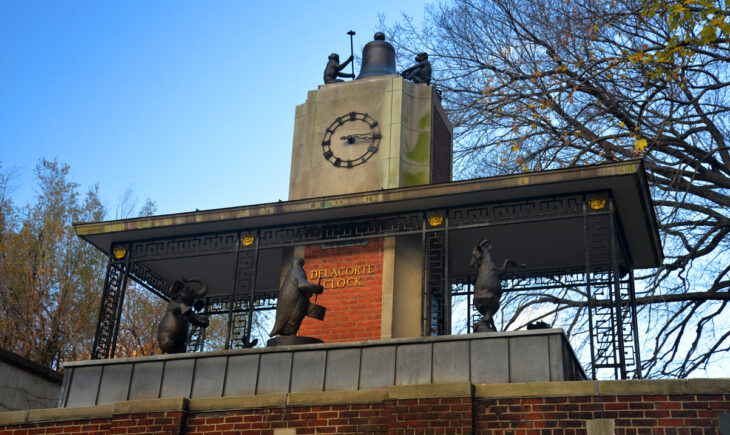A redwood is the name of a tree that for most people evokes an image of a very tall tree. And this the case for one type of redwood, the coastal redwood, which is found in a large region along and somewhat inland of the Pacific Ocean coastline in Northern California and Southern Oregon. The tree easily reaches heights of four hundred or more, with the tallest known to be 479 feet. Their reddened bark allows them to be identified easily among the gray barks of the neighboring trees. Due to their location being along the heavily populated coastline areas of California, they are commonly encountered. Far less known and seen is the other type of redwood, the giant sequoia. Part of this due to the their habitat being found in just a handful of small pockets with a total area perhaps one tenth that of the coastal redwood. The other part of this is due to the fact that these pockets are all found in very remote areas of the Sierra Nevada Mountains, above 8500 feet, where snowfall often occurs even in June, and the heavy snow pack may often keep visitors away 10 months of the year. However, during the brief period during which they are accessible, the giant sequoias are very impressive. While they do not grow quite as tall as their relative coastal redwoods, they have a much wider trunk diameter of up to 30 feet or more the entire distance from roots to crown, and are the most massive individual trees on earth. They are so large that they resemble a skyscraper or perhaps the base of a village inhabited by Ewoks more than just a tree. So reaching their habitat is well worth the effort, even though it can be out of the way. While there is a small pocket known as the Mariposa Grove near to Yosemite National Park to the north, and a couple of pockets in other very remote locations, the majority of giant sequoias grow within the boundaries of Sequoia National Park. To access the giants of Sequoia National Park in the high reaches of the Sierra Nevada Mountains far inland California requires a distant climb up the mountain road that follows the lay of the land, creating literally a long and winding road. Here The Wild Images captures a photo looking back down a portion of the road which can be seen winding over right center, further down to left center, and then thousands of feet lower at the far upper right corner. The Wild Images Team has captured many other photos from California such as the scene of a blooming thunderstorm over Joshua Tree National Park, the lava flow created streaked ridge in Lassen Volcanic National Park, and the high altitudes where a giant sequoia is larger and redder than others, the steep Hyde Street view of Alcatraz Island and San Francisco Bay, the drastic slope of the abrupt drop off of Taylor Street, the Pine Street colorful terraced houses with background buildings, the historic looking beautiful terraced houses and a Classic VW Beetle, and the Asian inspired intricately ornate Chinatown scene, each of which are available for sale in our store. Blog posts from California have documented the long and winding road climb to the giants of Sequoia National Park, the size comparison of The Wild Images Team Coordinator Christina and the giant tree, the massive view where giant sequoias maintain their diameters over hundreds of feet, an overlook into the Merced River Valley with Liberty Cap, the road heading towards the sheer monolith of El Capitan, the road heading towards desolate ridges of Joshua Tree National Park, the location where the road rises out of Bumpass Hell, a beach dune covered view of the secret underground World War II bunker, the reflective tower of the Marriott Marquis over the Yerba Buena Gardens, the distinctively ornate Asian architecture and decor of Chinatown, the musically inspired melting records with album covers mural, the long strange trip of the Grateful Dead Jerry Garcia mural, the places where steep sidewalks have stairs cut into them, the street where a tree gives a sense of the steepness, the expansive view of Nob Hill from Telegraph Hill and the oppositely directed view from Telegraph Hill to the northeast, the descent in the upper portion of the Filbert Steps, followed by the middle portion of the Filbert Steps with a pose by The Wild Images Team Coordinator on the steps, followed by the lower portion of the Filbert Steps, and at the bottom a view up the Filbert Street steps again with a pose by The Wild Images Team Coordinator below the steps. From our travels in the nearby Oregon and Washington, we have captured photos such as the deep blue hues of swirled clouds and rim peaks reflected in Crater Lake, the Hoh Rainforest green moss covers every possible branch, and the right place at the right time rainbow over the Mt. St. Helens remnants, each of which are available for sale in our store. Blog posts from Oregon and Washington include the sharp looking view through the Lava Cast Forest, the optical illusion of blue waters and white streaks in Crater Lake, the starkly colorful rainbow rises over the devastation of Mt. St. Helens, the moment The Wild Images Team Coordinator Christina is imprisoned by rainforest tree roots, the interesting story of the Port Angeles waterfront Rocktopus Sculpture, and its accompanying bronze plaque of charitable organizations.
To see more photos, please visit our store



